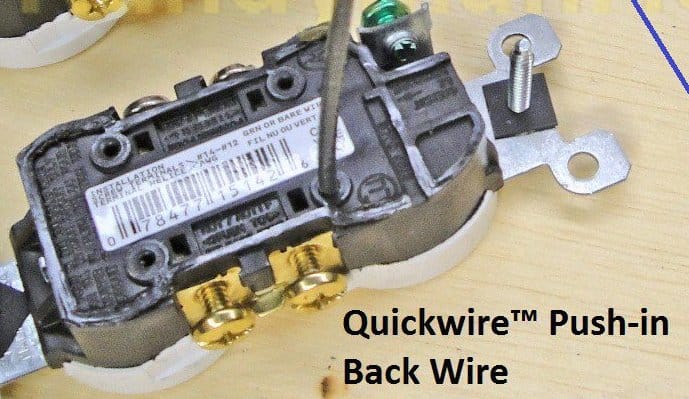Nubo
Well-known member
GerryAZ said:Original looks like older Clipper Creek (Sun Country). Replacement looks like new Clipper Creek (Sun Country). Based upon the reports on Plug Share, it sounds like plug was making loose contact, causing buzzing, relay chatter, and/or failure to charge before it finally overheated to the point of damage.
I never had a problem with the 2011 (3.3 kW charger), but have had a few instances of the plug on public L2 chargers getting excessively warm with the 2015 because it draws more current. I always feel the plug after a few minutes to make sure it is not heating when I use public chargers.
Agree with all of this. Also I'd say it's a good idea to visually inspect the plug for any signs of damage or overheating (melting, charring, arcing, discoloration) before plugging in at a public charger. Chances are any problems have already left signs. Also check the connectors at home from time to time.

